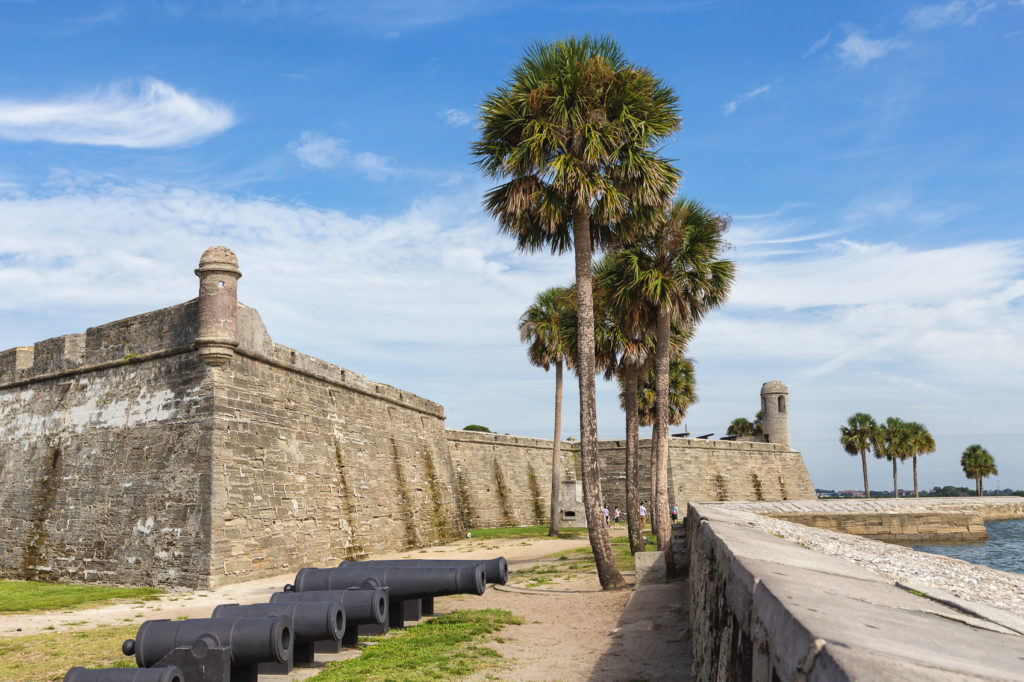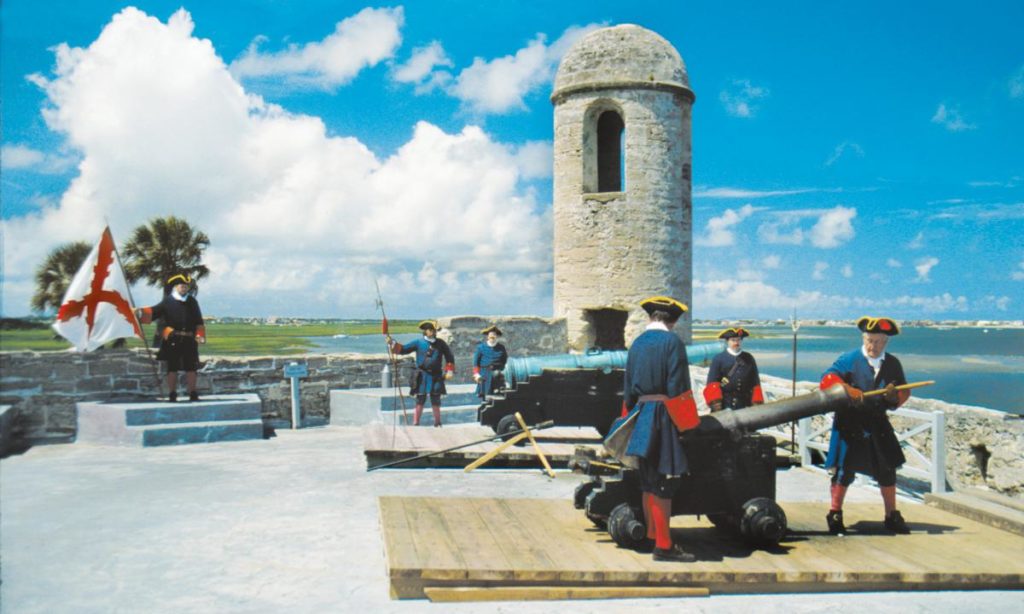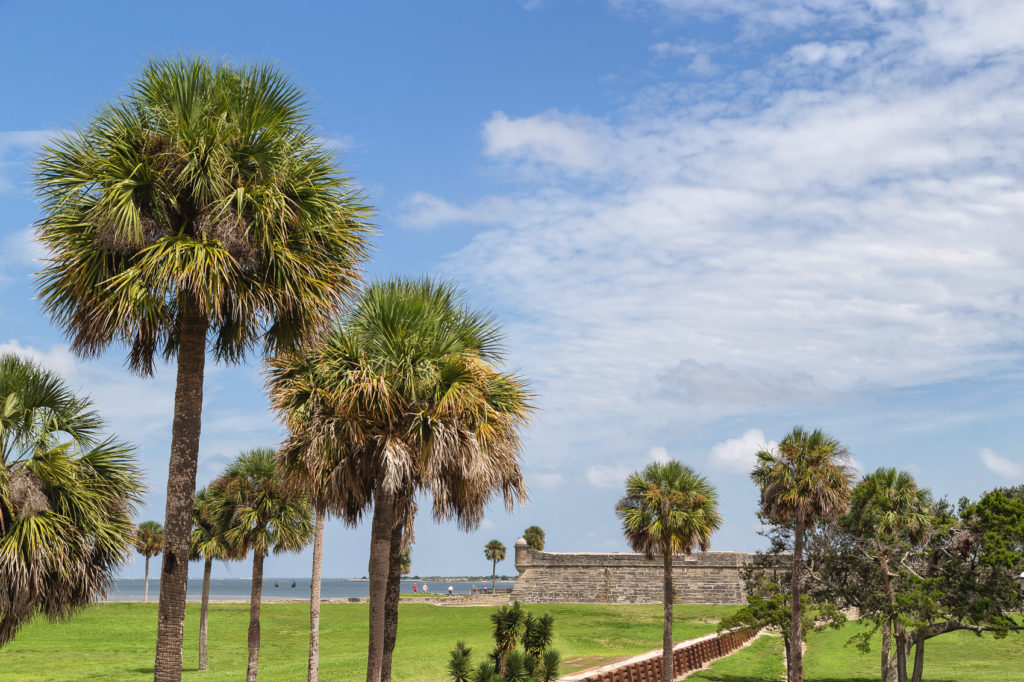Exploring St. Augustine’s Castillo de San Marcos
St. Augustine is widely recognized as “America’s Oldest City.” So history is everywhere you look here. Even so, there is perhaps no more storied historical spot in our fair city than Castillo de San Marcos. (Diazepam) Originally constructed as a military installation, the fort has served many additional functions during its centuries of life. Today, it’s recognized as the oldest surviving structure in America’s first city.
Let’s take a closer look at this spectacular monument.

Earliest Years
Castillo de San Marcos is the oldest masonry fort in the United States, having had its first stones laid in 1672. At the time, Florida was still part of the Spanish Empire, and the earliest arrivals needed a way to protect their fledgling settlements from would-be attackers. It was decided that the fort would be constructed of stone, as many of the area’s early wood structures had been destroyed in a privateer raid in 1688. In fact, the region had fallen under attack many times during the continent’s earliest periods, including a battle led by Sir Francis Drake as early as 1586. The basic core structure of the fortress was completed in 1695.
Construction
The distinctive build of Castillo de San Marcos is reflective of an early architectural style emphasizing diamond-shaped corner bastions (here referred to as “San Pedro,” “San Augustín,” “San Carlos” and “San Pablo”). These bastions made munitions easier to mount and offered a 360-degree defense. The stone itself is a variety called “coquina,” or “little shells.” The reason being that the stone is formed from fossilized seashells that have bonded together in a unified sediment, making it exceptionally strong and durable. It was mined from nearby Anastasia Island, then brought to the site and assembled by nearby missionaries and skilled masons from Cuba. Construction took approximately 23 years.
Changing Hands
In its initial decades, the fortress would fall under the control of several different forces, typically as the result of conflict. English colonial troops besieged the structure in 1702 and 1740, but were not successful in gaining control of it until 1763. In that year, England usurped Spanish control over the structure due to the area falling under British governance. Under the Treaty of Paris, the region was renamed East Florida and was an English colony. St. Augustine became the capital, and the fortress was renamed Fort St. Mark. Florida once again became a Spanish territory in 1783, and the name Castillo de San Marcos was restored. All in all, the fort changed hands six times during its first 150 years.

American History
Of course, Florida’s tumultuous and contested possession eventually culminated in Florida becoming part of the United States. The Adams-Onis Treaty of 1819 saw Spain once again cede control of the fortress, this time to American control. The structure was renamed (as Fort Marion) and began its life as a U.S. Army base — a distinction it would hold for the next 251 years. The fort would serve many purposes during this period, including as an artillery base, war prison, and even as a base for a Confederate militia during the American Civil War. The fortress was finally decommissioned from active military use in 1933, and the keys were handed over to the National Park Service, which has since assumed its upkeep.
Castillo de San Marcos Now
Today, Castillo de San Marcos serves as a historical monument, a living museum, a somber warning against the atrocities of war, and an important example of early continental architecture. The fortress draws some 650,000 visitors a year, all eager to explore one of the oldest surviving structures in North America. The property offers self-guided tours, and park rangers are also on hand to answer questions, offer information, and assist visitors with getting the most out of their time at the site.

Plan Your Visit
Ready to visit this historic treasure? Check out the latest offers at St. George Inn and make sure you get the best rates.